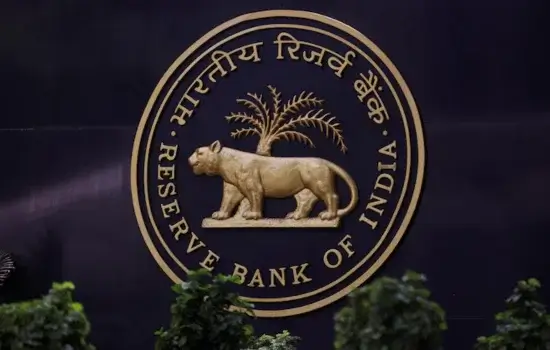RBI’s New Policy Aims to Attract Global Investors and Boost Financial Sector Liquidity
In a significant policy shift, the Reserve Bank of India (RBI) has announced that banks and financial institutions can now securitise stressed assets, including non-performing loans (NPLs). This move is designed to deepen India’s junk debt market by attracting foreign portfolio investors (FPIs) and private credit funds seeking high-yield opportunities.
A Strategic Move to Address Rising Retail NPAs

The RBI’s decision comes amid a notable increase in retail loan defaults. Between April and September 2024, personal loans and credit card debts accounted for approximately 52% of fresh bad loans in banks’ retail portfolios. Traditionally, banks had limited options to offload these bad loans, often selling them to Asset Reconstruction Companies (ARCs) at steep discounts of 90% to 95%. The new policy allows banks to bundle these stressed assets into tradable securities, potentially offering better recovery rates and diversifying investment avenues.
Enhancing Market Liquidity and Attracting Investors
By enabling the securitisation of bad loans, the RBI aims to enhance market liquidity and provide banks with an alternative mechanism to manage their balance sheets. Hari Hara Mishra, CEO of the Association of ARCs in India, noted that this initiative would broaden the market and attract new investors, thereby increasing depth and liquidity.
The volume of securitised standard loans in India rose by 25% to ₹2.3 trillion ($26.74 billion) in the fiscal year 2024-25, indicating a growing appetite for such financial instruments. The inclusion of stressed assets in securitisation is expected to further stimulate this market.
Global Interest in India’s High-Yield Debt
The policy change is anticipated to draw significant interest from global distressed debt funds, particularly from the U.S. and Europe. Sankar Chakraborti, CEO of Acuite Ratings and Research, highlighted that these investors are attracted to high-yield opportunities in emerging markets like India. The expected yields from securitised pools of stressed assets are projected to be higher than traditional junk bonds, aligning with the return expectations of distressed funds.
Challenges in Pricing and Regulatory Framework
Despite the potential benefits, the securitisation of bad loans presents challenges, particularly in pricing and regulatory compliance. Manisha Shroff, a partner at law firm Khaitan & Co., pointed out that pricing such securities depends on various factors, including asset quality, recovery rates, historical default probabilities, and investor sentiment. Additionally, India’s slow legal recovery processes and complex regulatory environment may impact the development of this market.
Implications for the Banking Sector
The RBI’s move is part of a broader strategy to address the increasing non-performing assets in the banking sector. The gross bad loan ratio for Indian banks is projected to rise to 3% by March … , up from a 12-year low … 2024. By allowing the securitisation of stressed assets … banks can better manage their NPLs, improve capital adequacy, and focus on core lending activities.
Conclusion
The RBI’s policy to permit the securitisation of bad loans marks a pivotal development in India’s financial sector. While it offers a promising avenue for banks to manage stressed assets and attract global investors, the success of this initiative will depend on effective pricing strategies, regulatory clarity, and efficient legal recovery mechanisms. If implemented successfully, this move could significantly deepen India’s junk debt market and enhance the resilience of its banking system.